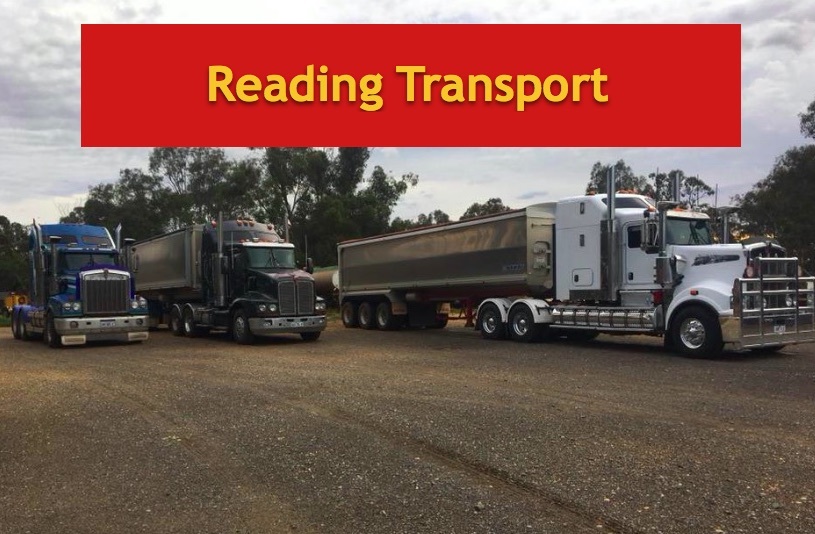Mecardo Analysis - Lamb prices strong for the long haul
- By: "Farm Tender" News
- Ag Tech News
- Jul 16, 2019
- 469 views
- Share

This article is bought to you by Reading Transport.
By Angus Brown | Source: MLA, ABS.
How long will the good times last for sheep and lambs? We know both varieties of ovine stock are currently at or close to record values, but can it last? Lamb prices have been on a rising plane for the best part of five years, but supply forecasts suggest they might have to fall at some stage.
The ESTLI has set higher highs, and higher lows each year for the past seven. Figure 1 shows that after a year of downward pressure in 2012 lamb prices have risen relatively consistently. It’s rare to see a market of any description post new highs year after year. This is especially the case in commodity markets. The old adage, ‘the best cure for high prices is high prices’ usually rings true for commodity markets. High prices encourage stronger supply, which sees prices fall.
Ad -Looking to cart Grain, Hay, Machinery, General Freight and Wide Loads - Give Reading Transport a call - Ad
Ad -Looking to cart Grain, Hay, Machinery, General Freight and Wide Loads - Give Reading Transport a call - Ad
Supply increases have occurred over the past seven years, but demand has been stronger. The record supply years of 2015 and 2016 actually coincided with record prices. Since 2016 lamb supply has been relatively steady on an annual basis, with slaughter above 22 million head.
Figure 2 shows the small drop in lamb supply in 2017 was met with stronger prices, while 2018 saw another increase in supply and increase in price. Again, rising demand has negated strong supply.




This year lamb supply is expected to fall back under 22 million head. Without an increase in demand lamb prices are expected to average between 775 and 825¢/kg cwt. Given the ESTLI has averaged 750¢ for the year to date, this might be a bit ambitious, but it fits the demand curve on figure 2.
Ad -Looking to cart Grain, Hay, Machinery, General Freight and Wide Loads - Give Reading Transport a call - Ad
Ad -Looking to cart Grain, Hay, Machinery, General Freight and Wide Loads - Give Reading Transport a call - Ad
If we plug Meat and Livestock Australia’s (MLA) slaughter forecasts for 2020-2022 into our demand curve we can see that average annual prices are expected to ease. Figure 3 shows that after this year’s peak, lamb prices should fall. This is assuming demand is steady.


While prices might fall, they are likely to spend the next three years at levels higher than any time before 2019. If demand continues to rise, there’s every chance lamb prices could be stronger.
Key points
* Lamb prices have consistently risen for the last 7 years, and are currently at a record
* Stronger demand has met tighter supply this year to set extreme records
* Rising lamb supplies over the coming years should see prices ease, but not too far
Ad -Looking to cart Grain, Hay, Machinery, General Freight and Wide Loads - Give Reading Transport a call - Ad
Ad -Looking to cart Grain, Hay, Machinery, General Freight and Wide Loads - Give Reading Transport a call - Ad
What does this mean?
We won’t find many lamb producers unhappy with lamb prices ranging between 600 and 850¢/kg cwt across a season. As such lamb supply should continue to grow, when climatic conditions allow. A quicker increase in lamb supply could see lamb prices fall more quickly, but at current demand levels supply would have to be close to 24 million head to see prices average 600¢ again.













Share Ag News Via